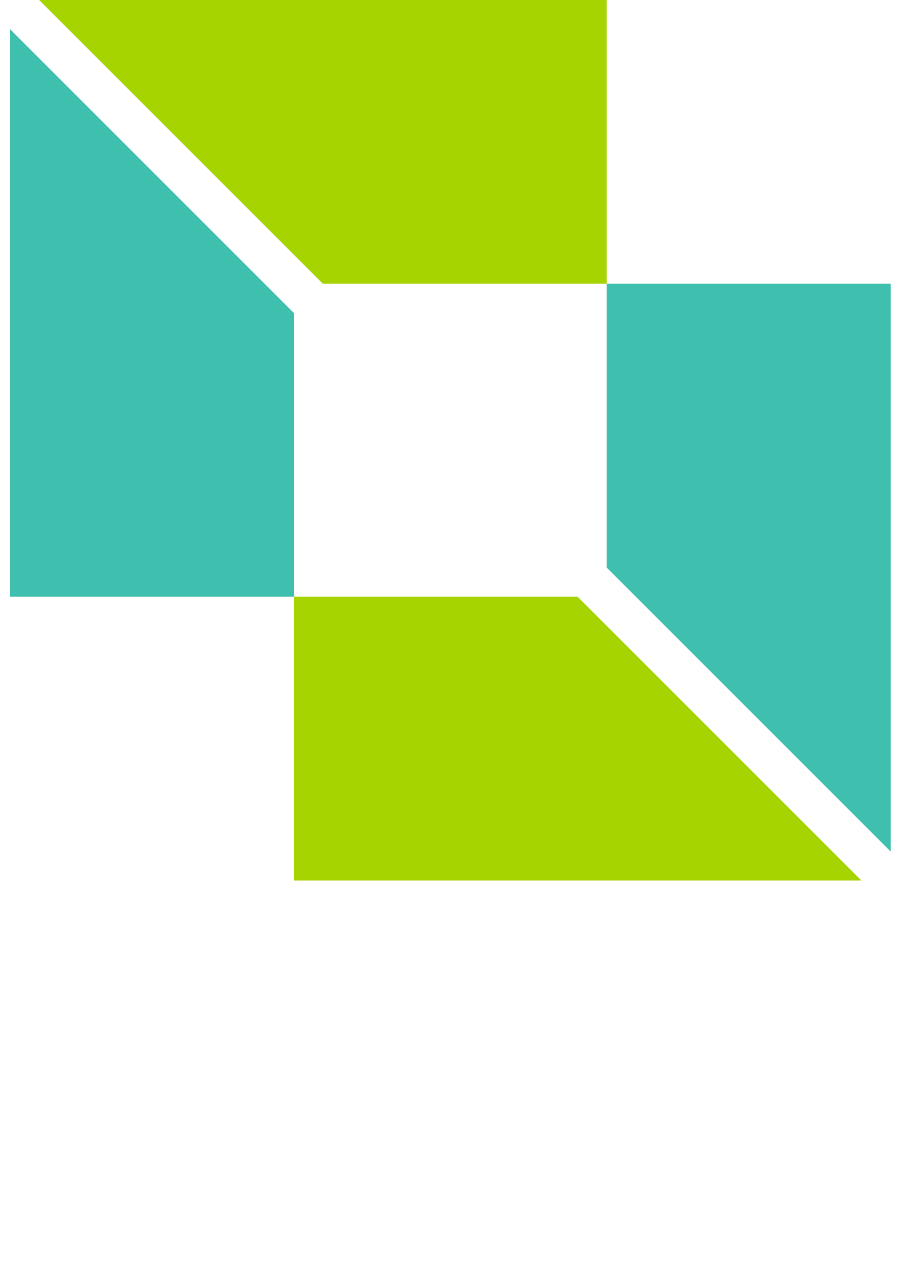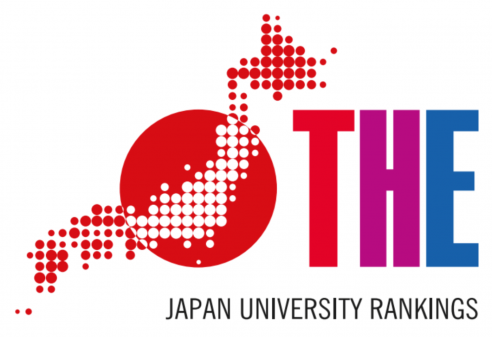THE Japan University Ranking: No.1 for 3rd consecutive year (Internationality x Tokai-Hokuriku)
THE University Ranking Japan #1
The Times Higher Education (THE), a British journal specializing in higher education, released the "Times Higher Education Japan University Rankings 2023" on March 23.
Continuing on from 2022, NUCB Undergraduate School is pleased to announce that we have ranked 1st in the Tokai-Hokuriku region for the 3rd consecutive year and 15th nationwide (7th in Japan in the field of Economics and Business Administration) in the "Environment" pillar.
Ranking in each pillar
Environment
This pillar looks at the make-up of the student and staff body at each campus, helping students determine whether they will find themselves in a diverse, supportive and inclusive university environment.
| Rank | Name of University |
| 1 | NUCB Undergraduate School |
| 2 | Nagoya University of Foreign Studies |
| 3 | Toyohashi University of Technology |
| 4 | Nanzan University |
| 5 | Nagoya University |
(Tokai & Hokuriku Region/General)
Engagement
This pillar gathers information from around 1,000 to 2,000 career advisors of high schools in Japan covering topics such as to what extent teaching at the university supports critical thinking and do they offer classes that challenge the students.
| Rank | University |
| 1 | Nagoya University |
| 2 | Nanzan University |
| 3 | NUCB Undergraduate School |
| 4 | Meijo University |
| 5 | Aichi University |
(Tokai and Hokuriku Region/Economics and Business Administration)
Overall
| Rank | University |
| 1 | Nagoya University |
| 2 | Nagoya City University |
| 3 | Nanzan University |
| 4 | University of Toyama |
| 5 | Gifu University |
| 6 | NUCB Undergraduate School |
| 7 | University of Shizuoka |
| 8 | Chukyo University |
| 9 | Meijo University |
| 10 | Aichi University |
(Tokai & Hokuriku / Economics & Business Administration / General)
What is THE World University Ranking?
The Times Higher Education Japan University Rankings uses a balanced scorecard approach, with 16 individual performance indicators combining to create an overall score that reflects the broad strength of an institution. These rankings give students and their families the information they need to help them choose where to study, The overall methodology explores four key areas, called pillars: resources, engagement, outcomes and environment.
Internationality|How international is the educational environment?
- Proportion of International Students
- Proportion of International Staff
- International Exchange Programs
- Courses in a Foreign Language
Educational Enrichment|How well have your educational expectations been realized?
- Global Talent Development
- Student Ability Development
- Student Engagement
- Interaction with Teachers/Students
- Student Recommendation
Japan University Rankings 2023
Times Higher Education (THE)
https://www.timeshighereducation.com/rankings/japan-university/2023

 Download
Download
 Infosession
Infosession
 Application
Application
 Open Campus
Open Campus


